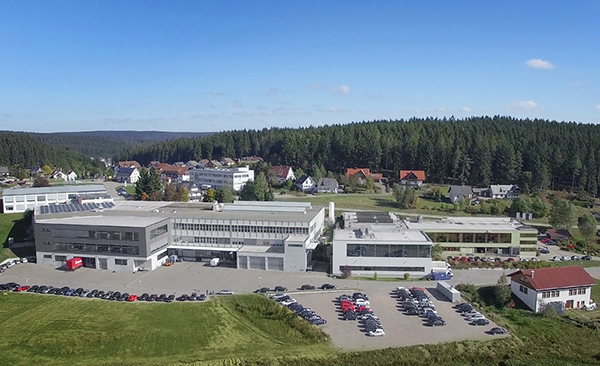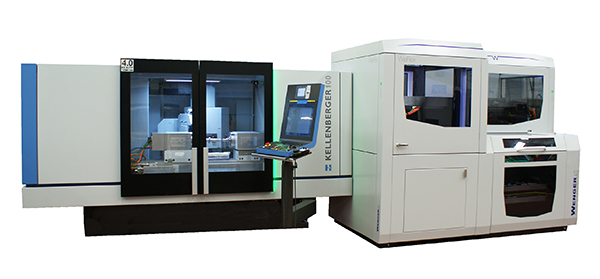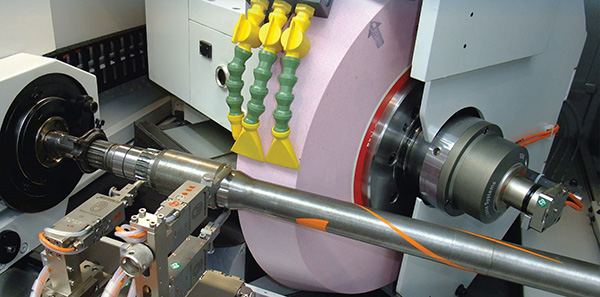Framo Morat GmbH, a specialist in gear wheel and drive technology based in Baden Württemberg, is relying on grinding technology from Junker.

“We’ve been working with high-precision technology from Junker for a decade now,” confirms Alexander Denz, head of industrial engineering at Framo Morat. “As part of our growth strategy, we continue to develop our core skills – for cylindrical grinding operations we are much better positioned in terms of quality and process reliability. The two ‘Lean Selection’ high-speed grinding machines from Junker play a significant role in this.”
Junker’s two cylindrical grinding machines have proven their high speed in single or multiple-shift operations. Framo Morat wanted an economical and, above all, flexible machine concept which could fulfil all grinding assignments – from one-off production to the manufacture of small or large volumes. The machines are equipped with CBN grinding wheels and operate at peripheral speeds of up to 140 m/s. Some of the benefits of these machines include longer tool service life and extended dressing intervals.
“We grind diameters from 8 to 80 mm for shaft components with teeth, and component lengths of 40 to 460 mm,” says Denz. “Our production batch sizes range from 200 to 2000 workpieces per year. The new machines give us more flexibility with the peel grinding process, as opposed to grinding with corundum, as there is no need to change the grinding wheel between different workpieces.”
Notably, the high-speed grinding machines also deliver better quality by producing the entire outside contour in a single clamping set-up. The integrated measurement devices in the collar and longitudinal position are key control and monitoring systems during grinding.
For further information www.junker-group.com























